How To Stay Fit When Traveling
 When you’re trying to stay fit, traveling makes it more difficult. It may feel impossible whether you’re flying or driving. It disrupts your schedule. You aren’t close to your gym or have the convenience of controlling what you eat by making it yourself. It’s easy to fall off your diet or skip exercising. It takes extra planning to ensure you stick with your routine. Here are some ways to help you reach your goals when traveling for business or pleasure.
When you’re trying to stay fit, traveling makes it more difficult. It may feel impossible whether you’re flying or driving. It disrupts your schedule. You aren’t close to your gym or have the convenience of controlling what you eat by making it yourself. It’s easy to fall off your diet or skip exercising. It takes extra planning to ensure you stick with your routine. Here are some ways to help you reach your goals when traveling for business or pleasure.
Planning your meals can be trickier when you travel for business.
You can pull up menus from restaurants near your appointment or hotel and find the ones with the healthiest selection. Start your meal with a salad. Ask for salad dressing on the side or opt for vinegar and oil. Choose food broiled, boiled, or roasted, and not fried. Order an extra side of vegetables. If the serving is large, eat half and take the other half back to your room for another meal if there’s a microwave and refrigerator.
See if your hotel or motel has a workout room, pool, or gym.
Access to a place to exercise can help keep you on schedule. See what type of equipment they offer if there’s a gym to create an exercise routine that uses that type of equipment. If there’s no pool or workout room, find a local gym that lets you buy a one-day pass and exercise there. If none of these things are available, plan to walk every day.
If you’re on vacation, plan for active fun.
You don’t have to work out if your family fun is active. If you spend time at the beach, spend time in the water, swimming or doing water calisthenics. Take the family on a hike and pack a healthy meal for lunch. If you go to an amusement park, walk from one end to another. Choose healthy options for breakfast, lunch, or dinner. Have healthy snacks ready, like apples and bananas, so cheesy fries or elephant ears at the park aren’t tempting.
- Take a cooler and fill it with healthy snacks or a healthy meal if you’re driving. You can stop periodically to stretch your legs and walk for 15 minutes. Park in the back and get out and do stretching exercises.
- You can exercise in your room. Do body weight exercises and calisthenics or take resistance bands with you. They’re lightweight, inexpensive, and easy to pack. You won’t disturb the neighbors using them like you might if you’re doing jumping jacks.
- Drink plenty of water. Carry a bottle of water with you and sip on it frequently. Sometimes, your body mistakes thirst for hunger. It can help prevent overeating if you drink a bottle half an hour before a meal.
- If you’re working with a trainer, have the trainer create a plan that you can do in a hotel or motel room. Practice it with the trainer several times to ensure you have the proper form.
For more information, contact us today at Next Level Fitness


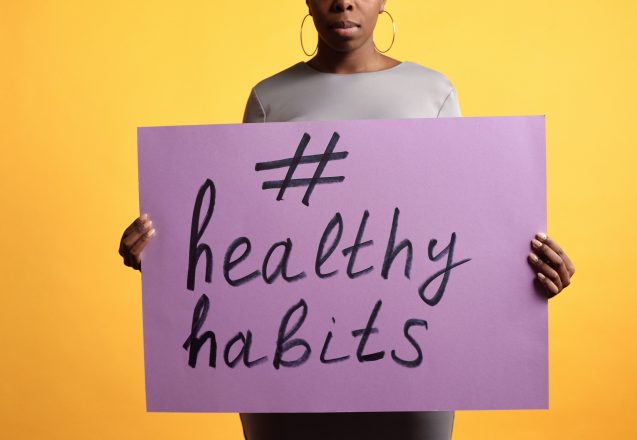
 Why would you want to turn working out into a habit? Habits, whether good or bad, are hard to break. If you’ve ever moved to a different part of town, you may have driven to your old address on the way home. It comes from years of doing it until it became a habit. You do it without thinking, like brushing your teeth in the morning or making coffee. Link exercising with something you do every day. Develop a habit of walking for half an hour after dinner or exercising right after you get up in the morning.
Why would you want to turn working out into a habit? Habits, whether good or bad, are hard to break. If you’ve ever moved to a different part of town, you may have driven to your old address on the way home. It comes from years of doing it until it became a habit. You do it without thinking, like brushing your teeth in the morning or making coffee. Link exercising with something you do every day. Develop a habit of walking for half an hour after dinner or exercising right after you get up in the morning.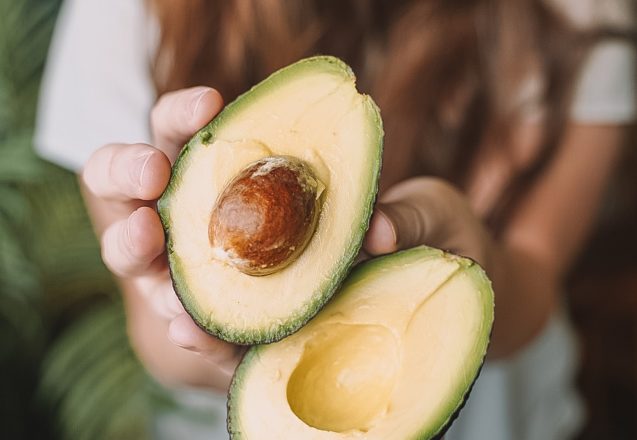
 If you live in Irvine, CA, you may know about National Avocado Day on July 31, but you probably never celebrated with a friend and family get-together. It’s a day to acknowledge all the healthy benefits of avocados. It’s important since many people who are trying to lose weight or those with diabetes often avoid avocados because they’re high in calories and fat. It’s life-changing for those with diabetes. The good news is that avocados are healthy and even beneficial for everyone.
If you live in Irvine, CA, you may know about National Avocado Day on July 31, but you probably never celebrated with a friend and family get-together. It’s a day to acknowledge all the healthy benefits of avocados. It’s important since many people who are trying to lose weight or those with diabetes often avoid avocados because they’re high in calories and fat. It’s life-changing for those with diabetes. The good news is that avocados are healthy and even beneficial for everyone.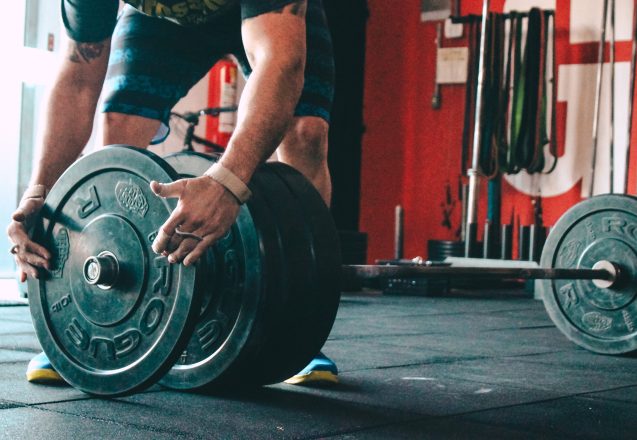
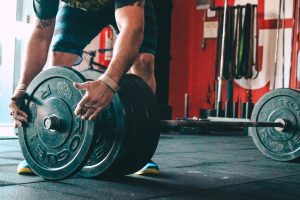 Weightlifting isn’t just to build bulging muscles. It can help you lose weight as you achieve a lean, toned appearance. When beginners start, trainers will ask for their goals. Some people want to build muscles, while others want to build strength. Adjusting your style to your goal isn’t necessary when you first start since you’ll do both, but as you get fitter, it’s important to differentiate. You don’t have to lift heavy weights to get results, you do have to be consistent.
Weightlifting isn’t just to build bulging muscles. It can help you lose weight as you achieve a lean, toned appearance. When beginners start, trainers will ask for their goals. Some people want to build muscles, while others want to build strength. Adjusting your style to your goal isn’t necessary when you first start since you’ll do both, but as you get fitter, it’s important to differentiate. You don’t have to lift heavy weights to get results, you do have to be consistent.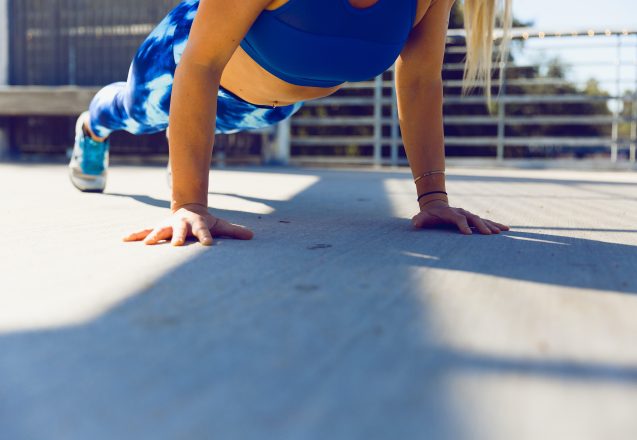
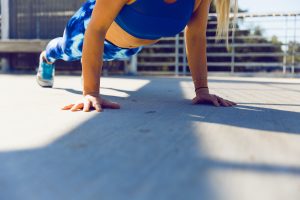 With all the time people spend at the beach in Irvine, CA, looking good in a swimsuit is a top priority for many. You need a stronger core to accomplish that. Using the right exercises can help. Strong core muscles do more than help you look great in a swimsuit. They affect your entire body. They improve posture, prevent back pain, aid digestion, and prevent headaches. Core muscles include the muscles of the pelvis, hips, back, and abs. They’re involved in every movement you make and keep you balanced and steady.
With all the time people spend at the beach in Irvine, CA, looking good in a swimsuit is a top priority for many. You need a stronger core to accomplish that. Using the right exercises can help. Strong core muscles do more than help you look great in a swimsuit. They affect your entire body. They improve posture, prevent back pain, aid digestion, and prevent headaches. Core muscles include the muscles of the pelvis, hips, back, and abs. They’re involved in every movement you make and keep you balanced and steady.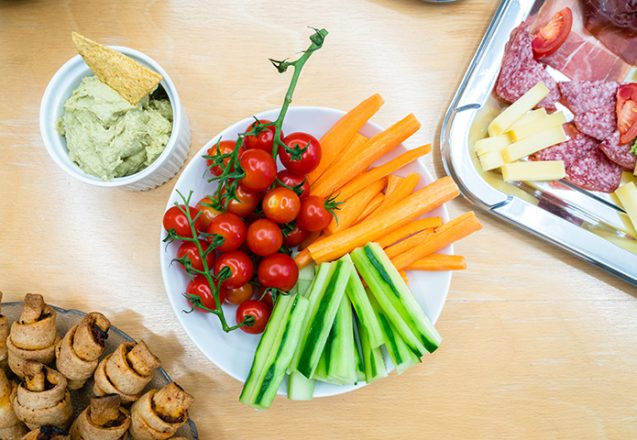
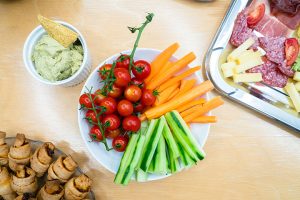 Make your meals more nutritious by using these healthy eating hacks. You can create new dishes in the kitchen, choose healthier menu options when eating out, or have healthier options ready when you want a snack. Instead of junk food, buy a melon. You can choose watermelon or cantaloupe. Peel it, cut it into bite-size pieces, and store it for quick snacks or a healthy dessert. Wash grapes and have them ready or freeze them for a cooling snack on a hot summer day.
Make your meals more nutritious by using these healthy eating hacks. You can create new dishes in the kitchen, choose healthier menu options when eating out, or have healthier options ready when you want a snack. Instead of junk food, buy a melon. You can choose watermelon or cantaloupe. Peel it, cut it into bite-size pieces, and store it for quick snacks or a healthy dessert. Wash grapes and have them ready or freeze them for a cooling snack on a hot summer day.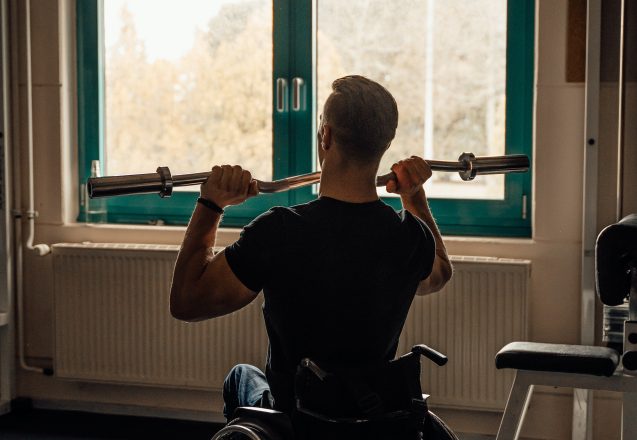
 Reduced mobility can be severe, where you’re bedridden, or painful, but not as debilitating, such as a sprained ankle. If you work with a physical therapist, they’ll provide the exercises for the injured area, but you’re responsible for the rest of your body. You can do many exercises to maintain your present fitness level or even improve it. Always check with your healthcare professional before starting or continuing any fitness program.
Reduced mobility can be severe, where you’re bedridden, or painful, but not as debilitating, such as a sprained ankle. If you work with a physical therapist, they’ll provide the exercises for the injured area, but you’re responsible for the rest of your body. You can do many exercises to maintain your present fitness level or even improve it. Always check with your healthcare professional before starting or continuing any fitness program. There’s no perfect playlist to help boost motivation. It’s all personalized and depends on your preference and the type of workout you’re doing. If you’re pushing hard to conquer an intense workout, your choice of music will be different than a playlist to calm your mind when you do yoga or meditation. If you love old-school rock or gangster rap, there are plenty of songs ready to push you through to the finish. Studies show that music can get you pumped, so get your best playlist put together, put on your gym clothes, and go to the gym or for a run.
There’s no perfect playlist to help boost motivation. It’s all personalized and depends on your preference and the type of workout you’re doing. If you’re pushing hard to conquer an intense workout, your choice of music will be different than a playlist to calm your mind when you do yoga or meditation. If you love old-school rock or gangster rap, there are plenty of songs ready to push you through to the finish. Studies show that music can get you pumped, so get your best playlist put together, put on your gym clothes, and go to the gym or for a run.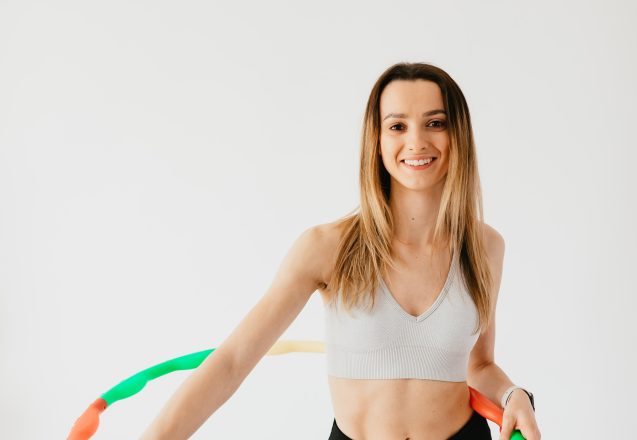
 Fitness is a serious endeavor. That doesn’t mean it can’t be fun. You can improve your fitness and love every minute. It won’t feel like exercise when you’re having fun and focusing on the moment. There are many fun activities in Irvine, CA, which are fun to do. They improve your endurance, strength, and flexibility to supplement your traditional workout program. Some people use these activities to start their exercise program, while others start an exercise program to have the energy and strength to do the activities they love.
Fitness is a serious endeavor. That doesn’t mean it can’t be fun. You can improve your fitness and love every minute. It won’t feel like exercise when you’re having fun and focusing on the moment. There are many fun activities in Irvine, CA, which are fun to do. They improve your endurance, strength, and flexibility to supplement your traditional workout program. Some people use these activities to start their exercise program, while others start an exercise program to have the energy and strength to do the activities they love.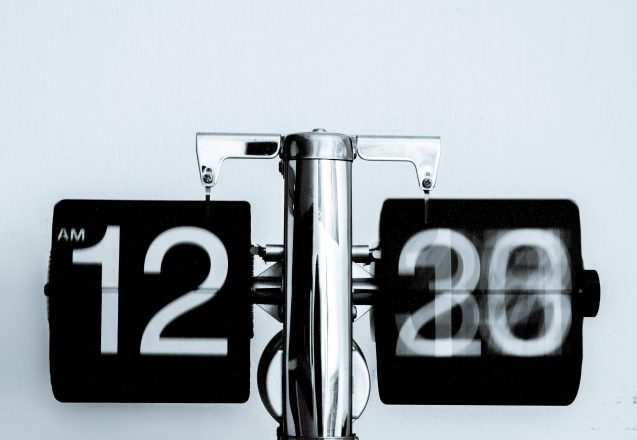
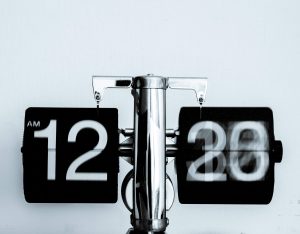 Scheduling your workout at the same time each day as you would any appointment helps build a habit and is the best way to keep you motivated. It’s hard to break a habit. Sometimes, life gets in the way and you can’t do a full workout. Here are some ways to squeeze in your exercise program and stick with the program by modifying your workout and getting it done faster. Sometimes, just saving a few minutes during the day makes a big difference.
Scheduling your workout at the same time each day as you would any appointment helps build a habit and is the best way to keep you motivated. It’s hard to break a habit. Sometimes, life gets in the way and you can’t do a full workout. Here are some ways to squeeze in your exercise program and stick with the program by modifying your workout and getting it done faster. Sometimes, just saving a few minutes during the day makes a big difference.